The first structure at the second-oldest university in the United States was recently rediscovered by archaeologists – and it’s not necessarily something to expect at a school.
William & Mary in Williamsburg, Virginia, was originally chartered in 1693. The idyllic Southern university houses the oldest university building in the United States, the Wren Building.
But the Wren Building is not what was recently discovered – rather, a 17th-century brick kiln was found hidden in dirt not far from the colonial-era hall.
HISTORIC MARYLAND CHURCH OPENS DOORS TO VISITORS 320 YEARS AFTER CLOSING DOWN
Elizabeth Monroe, archaeological research manager and co-director of the William & Mary Center for Archaeological Research (WMCAR), told Fox News Digital in an interview that the kiln was first found by archaeologists in the 1930s, who recorded it and then covered it back up with dirt. (See the video at the top of this article.)
It wasn’t until school employees began restorative efforts – trying to waterproof the Wren Building’s foundation, for example – that the kiln was rediscovered earlier this year. Pictures show excavators painstakingly digging around the brick kiln, which has miraculously survived the centuries.
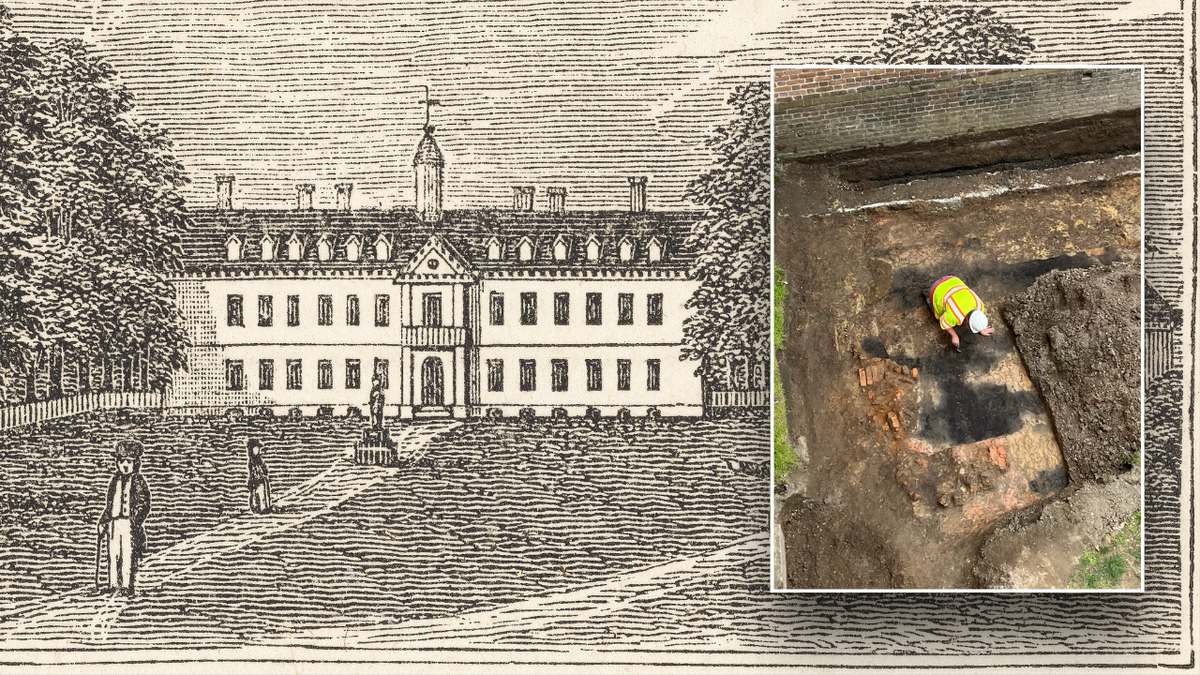
A 17th-century brick kiln used to construct William & Mary’s most iconic building was recently rediscovered. (Getty Images; WMCAR / William & Mary)
“The archaeology that was done in [the 1930s] is not like the archaeology we do today,” Monroe said.
“They were being careful for their time, but not as careful as we would have maybe liked them to be. But still, they revealed many architectural features.”
The brick kiln was used to make the clay bricks that used to construct the Wren Building, according to 1993 archaeological report on the structure.
“We use the Wren [during] the course of daily life … just as Thomas Jefferson had classes in this building in the early 1760s.”
“These kilns represent the first building of any kind on the site,” the report read. “The earth from the basement probably supplied the material for the bricks.”
The document added, “The kilns were left in situ upon the completion of the restoration [and] they were re-covered with earth.”
Monroe described it as “probably the oldest building that was on this site.”
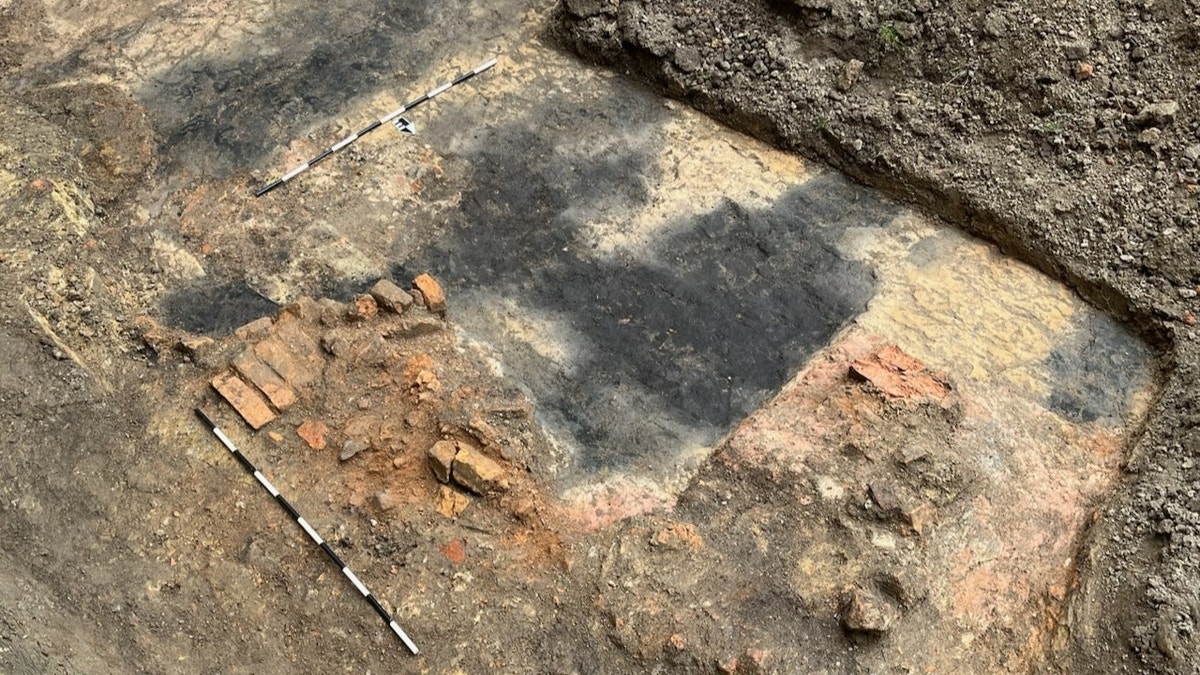
The 17th-century brick kiln was used to produce bricks that would help build William & Mary. (WMCAR / William & Mary)
“They would have built it prior to building the Wren,” she said. “They would’ve had to make a lot of bricks to build this building.”
For more Lifestyle articles, visit foxnews.com/lifestyle
“It’s got a three-foot-thick foundation, which is how it survived all this time…. And several people have said, ‘Oh, it’s so close to the [Wren] Building.’ Well, the building wasn’t there yet. There was a hole in the ground where the cellar is, and likely they pulled clay out of that hole to make the bricks that now serve as the structure.”
“It’s just really neat to have a moment like this brick kiln discovery to make that age come to life.”
Charles Fulcher, director of Wren operations and events at William & Mary, told Fox News Digital that the Wren Building “has been doing largely the same thing for about 325 years.”
He added, “It was largely usable by 1699, 1700, and students still have classes in this building every single day. We use the Wren [during the] course of daily life, with students coming in and out of classes, just as Thomas Jefferson had classes in this building in the early 1760s.”
ARCHAEOLOGISTS UNCOVER CENTURIES-OLD SHIPWRECK BENEATH HISTORIC CITY: ‘UNIQUE SOURCE OF KNOWLEDGE’
He also said, “It is a place where the university holds traditions and ceremonies, events of significance for the whole student body. And it’s just really neat to have a moment like this brick kiln discovery to make that age come to life.”
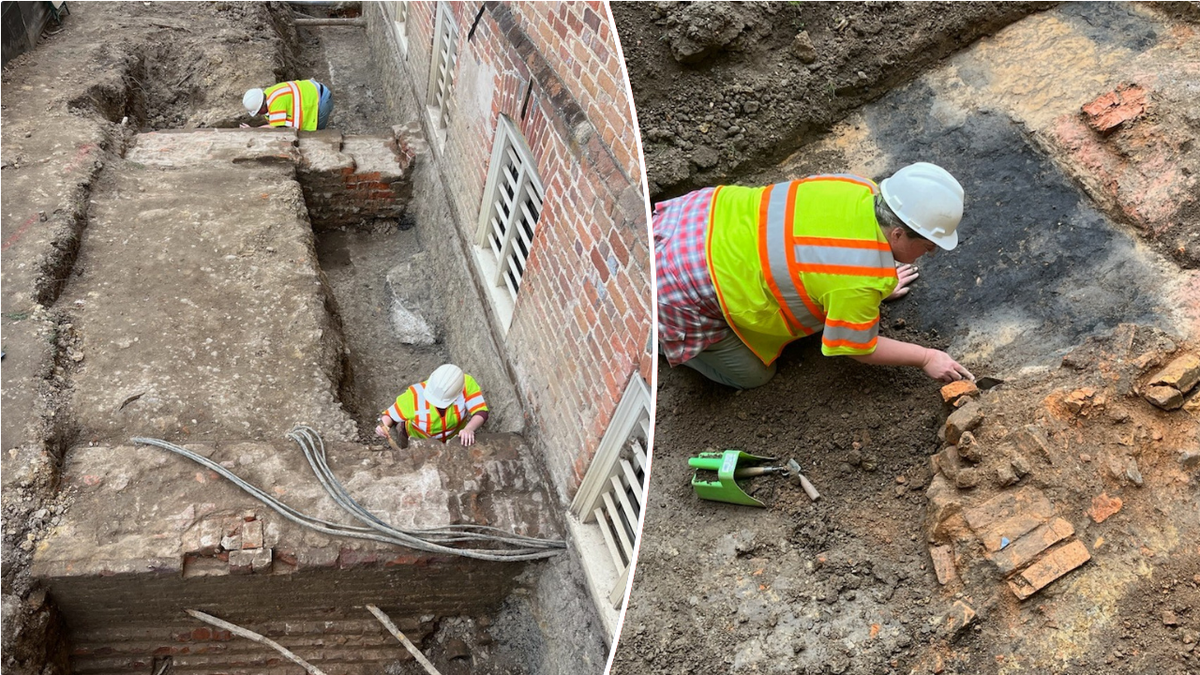
A mid-19th century tower that once flanked the south side of the main entrance to the Wren Building was found (left), in addition to the brick kiln (right). (WMCAR / William & Mary)
Despite the novelty of rediscovering the university’s oldest-ever structure, the group of historians said that archaeological discoveries are quite commonplace in Williamsburg.
“Since 1693, buildings have come and gone,” Monroe said. “There have been tennis courts come and go. There have been students and gardens and outbuildings and just a wide variety of things changing paths.”
EXCAVATORS DISCOVER PREHISTORIC VILLAGE BENEATH FUTURE GOLF COURSE: ‘REMARKABLE JOURNEY’
“Pretty much, you stick a shovel in the ground anywhere on campus, and you’re going to come up with something that helps tell the story of the university.”
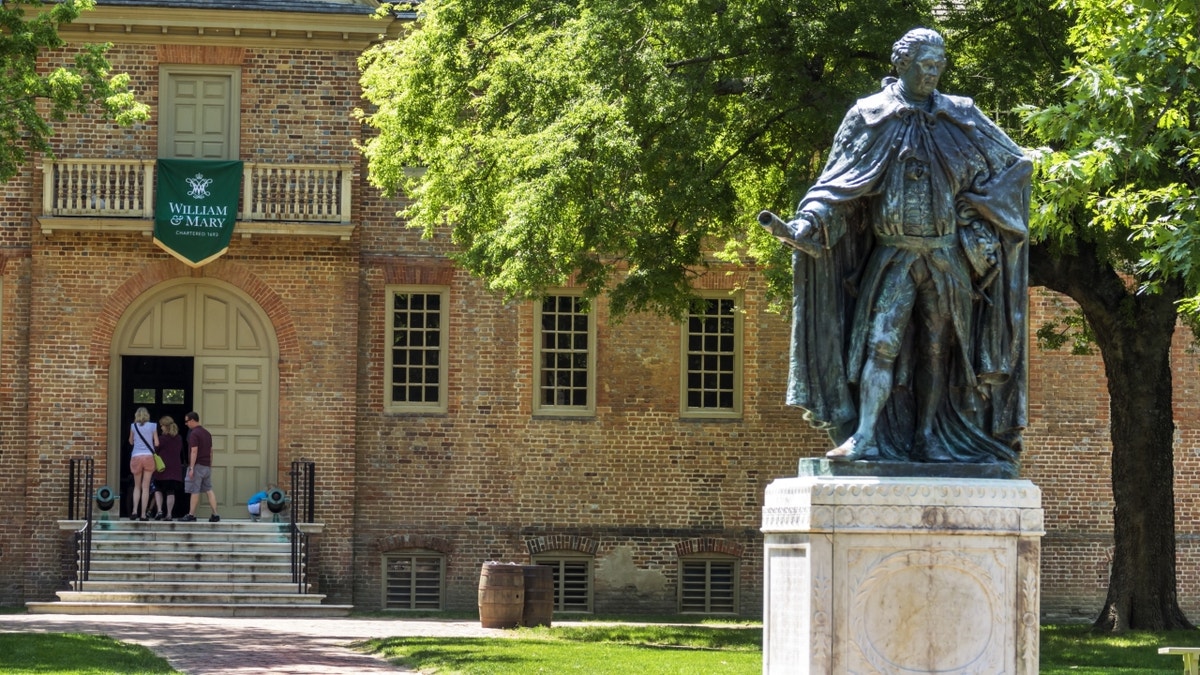
The Wren Building was constructed between 1695 and 1699 and has housed academic activities for centuries. (Getty Images)
WMCAR project archaeologist Tom Higgins echoed the sentiment, telling Fox News Digital that he’s encountered many centuries-old artifacts.
“The basement of the Great Hall [in the Wren Building] had a kitchen that was intensively used for several generations… We ended up with a lot of refuse, broken plates and bottles and things like that,” he said.
CLICK HERE TO SIGN UP FOR OUR LIFESTYLE NEWSLETTER
“Lots of the 18th-century and 19th-century refuse from the day-to-day life at the college turns up in that kind of work.”
Fulcher reported that the rediscovery has proven meaningful to the university community at large, especially the group of students that he supervises to give tours of the Wren building.
For more Lifestyle articles, visit foxnews.com/lifestyle
“When the kiln was uncovered and we could see black marks in the soil showing where the fires had been kindled and bricks had been burned… I sent out word to all of them,” he said.
“Many of them came by in the middle of the school day just to make sure that they could see it.”
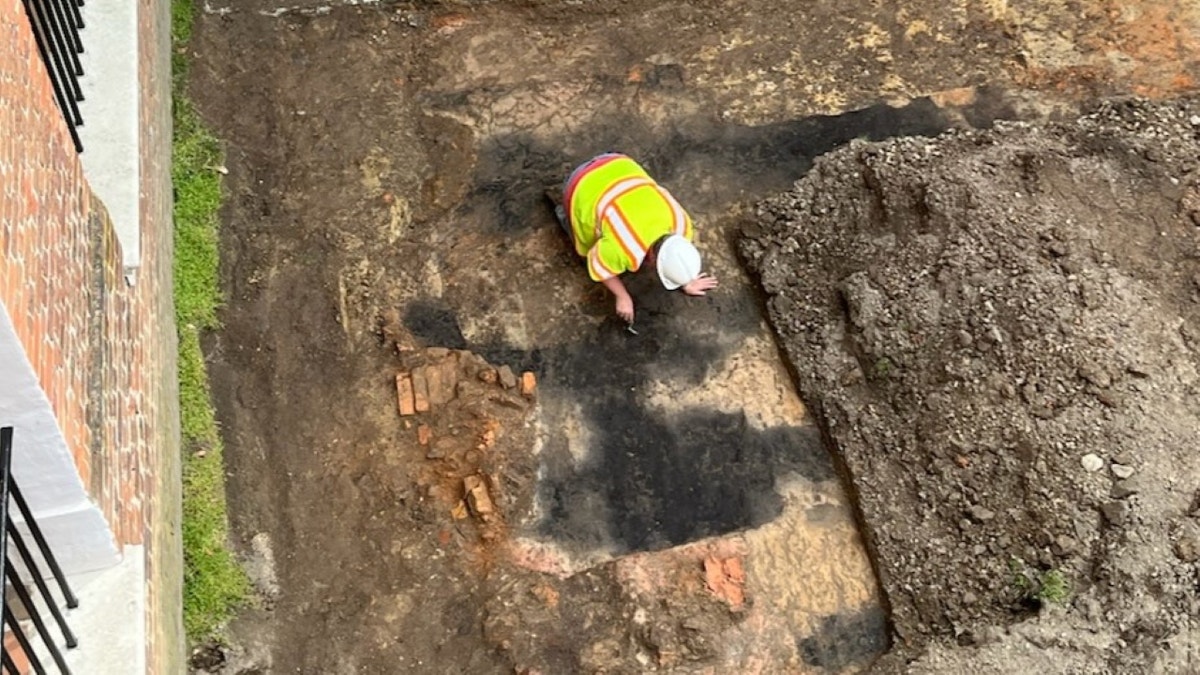
The brick kiln was originally discovered in the 1930s, but was later covered with dirt. (WMCAR / William & Mary)
For now, archaeologists have covered the kiln back up in order to make room for future scaffolding of the Wren Building, and they plan to encounter the kiln again in the future.
“At some point in the future, we’ll be reopening [the ground] around the foundation to actually do the waterproofing that’s necessary and replace some drainage pipes,” Monroe said.
CLICK HERE TO GET THE FOX NEWS APP
“But the goal is to identify where these kinds of sensitive archaeological features are and record that so that future generations as additional improvements need to be made.”
Fox News Digital’s Kyle Schmidbauer contributed to this report.




